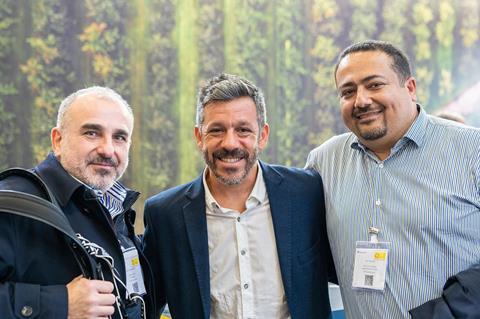Company said last year’s acquisition by GrubMarket will reinforce its expansion strategy
Salix Fruit said it is looking forward to a positive 12 months after what it describes as challenging but successful year for the company in 2022.

“2023 will be as exciting and tough as the past year. We think logistics is still an issue, according to industry players, things will get back to normal only in 2024, maybe end of this year,” said co-founder and COO Juan González Pita.
“Another threat is worldwide inflation, especially in Europe and the US, where people are not used to it and are not willing to pay more for fresh produce.”
Floods, strikes, and the lack of containers associated with the Russian war, impacted Salix Fruit’s business in the first half of 2022, but the company said the situation normalized from July onwards.
“After the strike and floods that kicked off the season, packing and the ports went all back to normal operations and Salix was able to deliver more than 45,000 tonnes in 2022,” the company said.
At the beginning of 2022, Salix Fruit announced its acquisition by GrubMarket.
“Together with GrubMarket, we are looking to revolutionise the fresh produce industry,” González said.
“We have several growth initiatives plans but what makes us most excited is that we are soon opening our office in Asia to better serve those markets.
“We strive to offer superior service, reliability, and quality, as an importer and exporter of fresh fruit for our global customers and seek to further tap into a best-in-class grower network.
“We are thrilled to learn that GrubMarket shares this same goal and has built out such a well-integrated and much-needed e-commerce and technology-enabled platform to bring fresh food to so many important customers across the country.”
During 2022, Salix also launched its new brand, Mundos: bags of mandarins of Peruvian and Moroccan origin, as well as lemons from Argentina, Mexico, Turkey, and Spain.
Salix Fruit supplies over 450 customers across 50 countries worldwide, including Argentina, Chile, Brazil, South Africa, Spain, India, and the US. Its grower base spans more than 20 countries.



